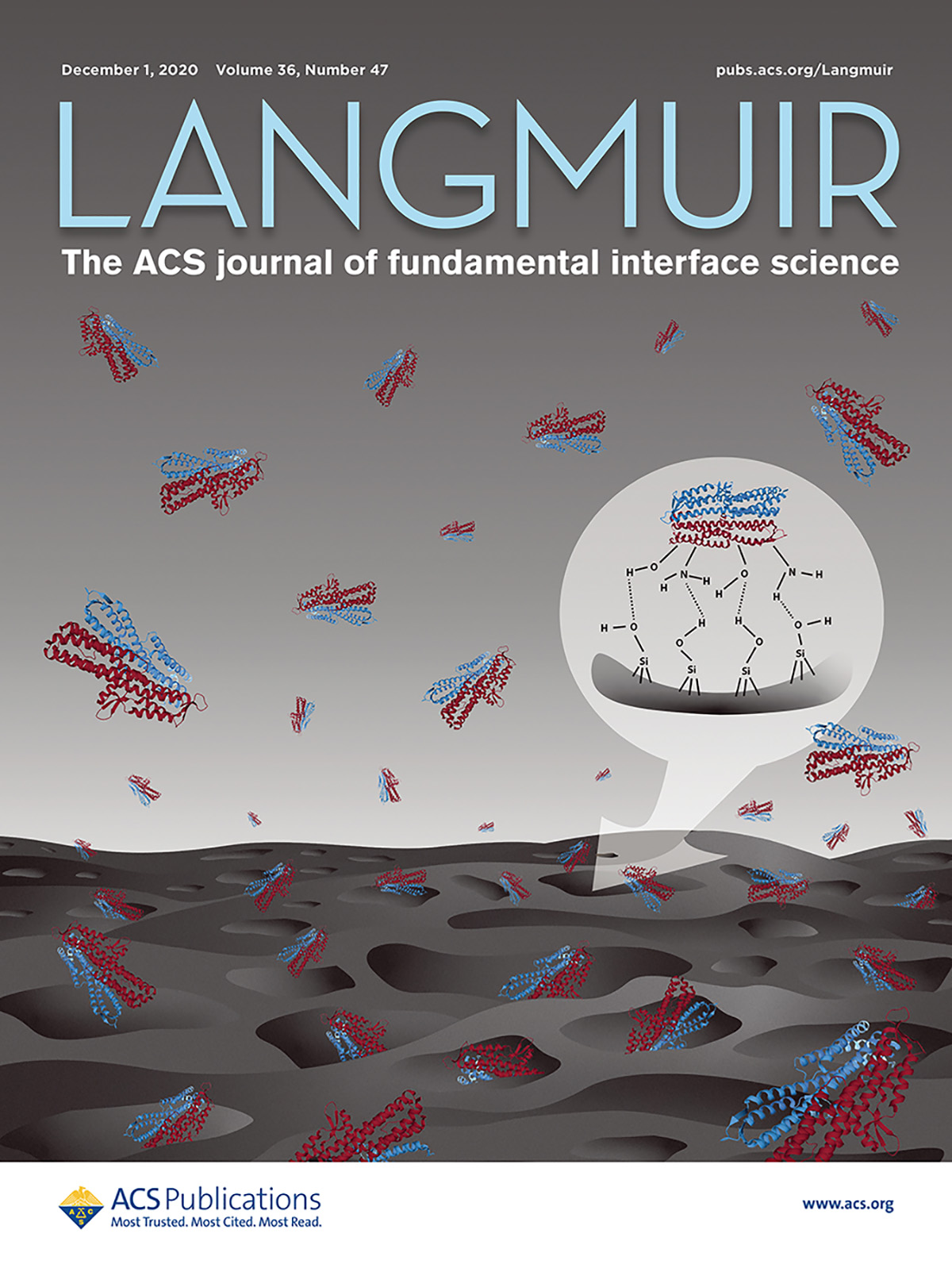
"“Protein Stabilization and Delivery: A Case Study of Invasion Plasmid Antigen D Adsorbed on Porous Silica”"
Featuring Featuring Mark Shiflett and his research team and collaborators Nicole Montoya, Kaylee Barr, Simon Velasquez Morales, Jorge Elvis Umana, Channary Ny, Rhianna Roth, Edward Reyes, Brian Kirchhoff, Eric Hartman, Lillian Higgins, Kalena Nichol, Ana Rita C. Morais, Alan M. Allgeier, Phillip Gao, William Picking, and David Corbin
Abstract
Approximately half of all vaccines produced annually are wasted because effectivity is dependent on protein structure and heat exposure disrupts the intermolecular interactions needed to maintain the structure. Thus, most vaccines require a temperature-controlled supply chain to minimize waste. A more sustainable technology was developed via the adsorption of invasion plasmid antigen D (IpaD) onto mesoporous silica, improving the thermal stability of this protein-based therapeutic. Seven silicas were characterized to determine the effects of pore diameter, pore volume, and surface area on protein adsorption. The silica−IpaD complex was then heated above the IpaD denaturing temperature and N,N-dimethyldodecylamine N-oxide was used to remove IpaD from the silica. Circular dichroism confirmed that the adsorbed IpaD after the heat treatment maintained a native secondary structure rich in α-helix content. In contrast, the unprotected IpaD after heat treatment lost its secondary structure. Isotherms using Langmuir, Freundlich, and Temkin models demonstrated that the adsorption of IpaD onto silicas is best fit by the Langmuir model. If pores are less than 15 nm, adsorption is negligible. If the pores are between 15 and 25 nm, then monolayer coverage is achieved and IpaD is protected from thermal denaturing. If pores are larger than 25 nm, the adsorption is a multilayer coverage, and it is easier to remove the protein from the silica because of a less developed hydrogen bond network. This case study provides strong evidence that IpaD is thermally stabilized via adsorption on mesoporous silica with the proper range of pore sizes.
Citation
Nicole A. Montoya, Kaylee E. Barr, Simon Velasquez Morales, Jorge E. Umana, Channary Ny, Rhianna E. Roth, Edward J. Reyes, Brian C. Kirchhoff, Eric R. Hartman, Lillian L. Higgins, Kalena M. Nichol, Ana Rita C. Morais, Alan M. Allgeier, Phillip Gao, William D. Picking, David R. Corbin, and Mark B. Shiflett. Protein Stabilization and Delivery: A Case Study of Invasion Plasmid Antigen D Adsorbed on Porous Silica. Langmuir, 2020, 36 (47), 14276- 14287